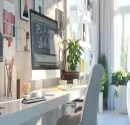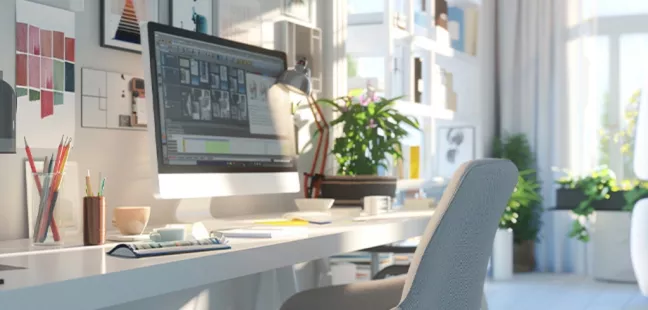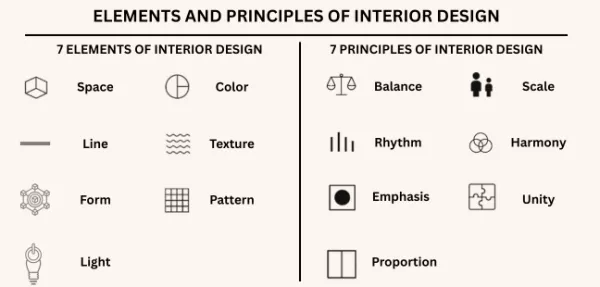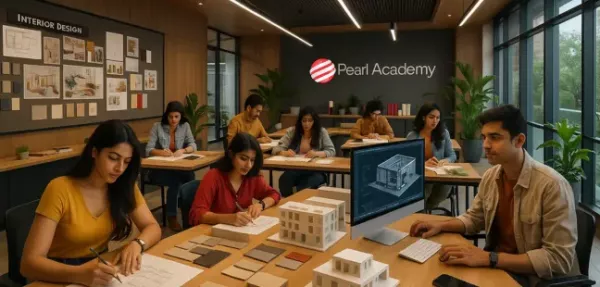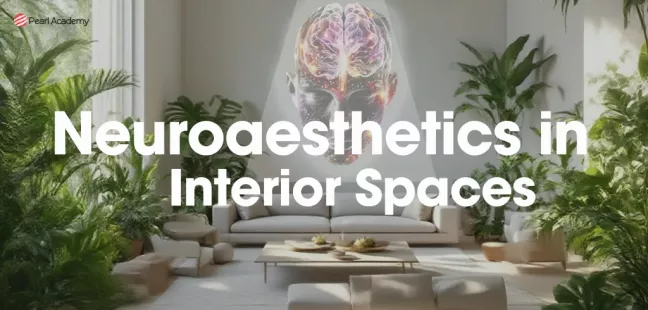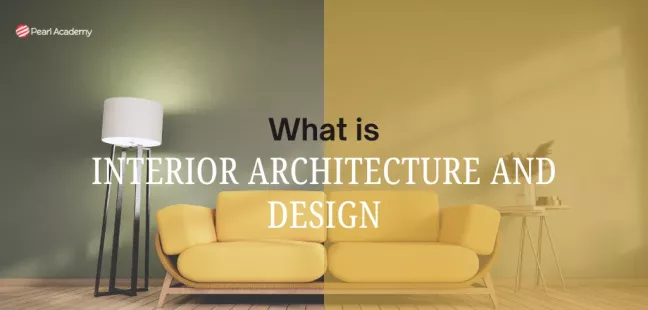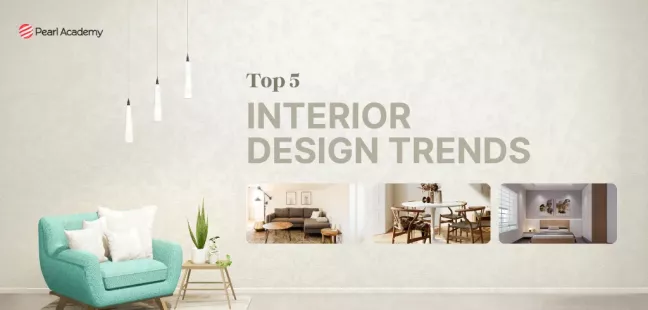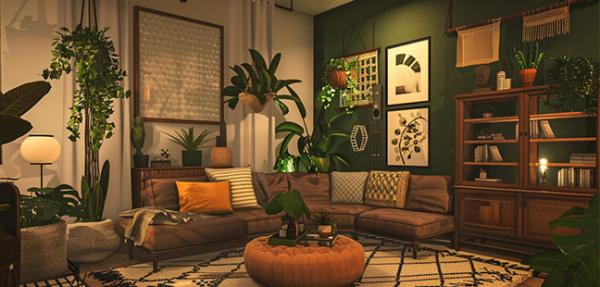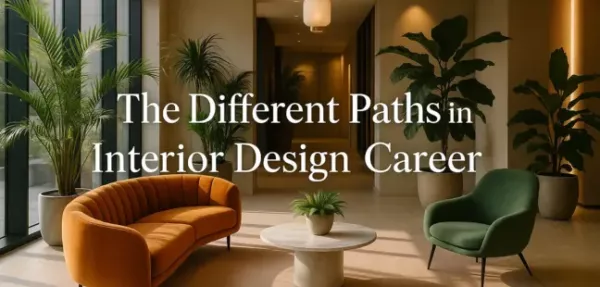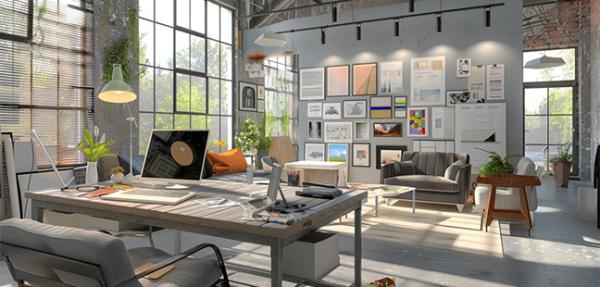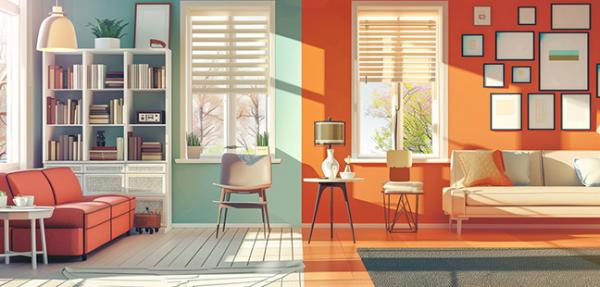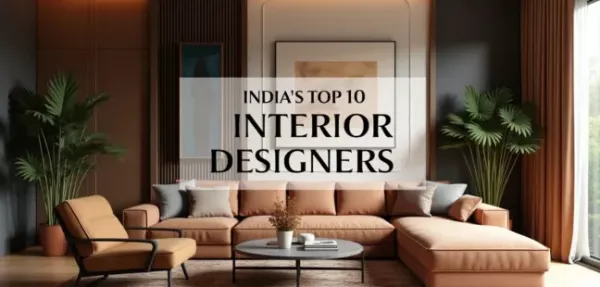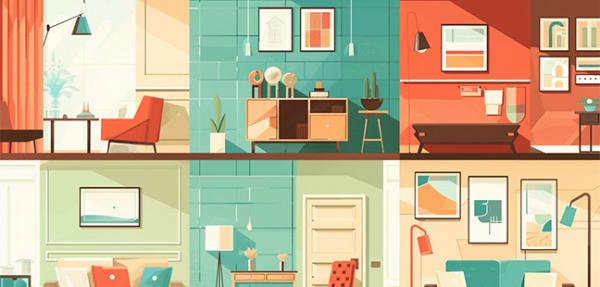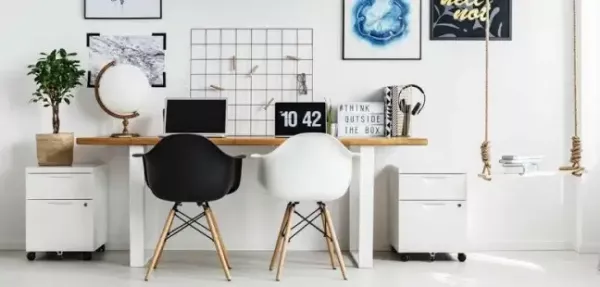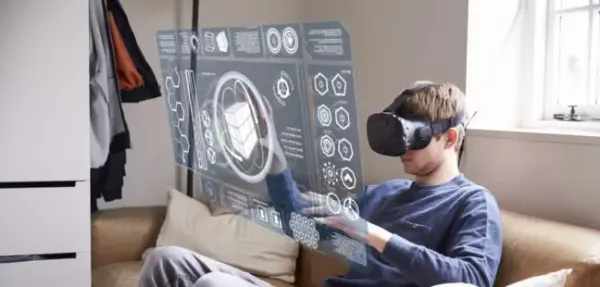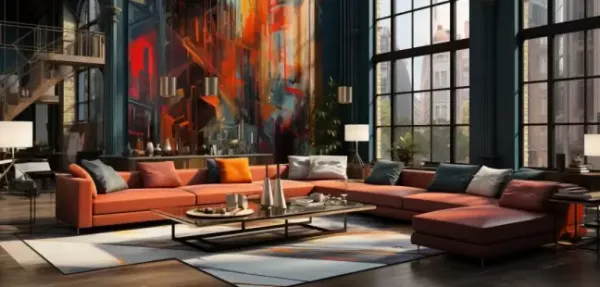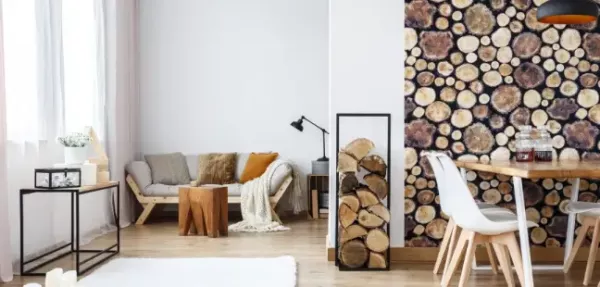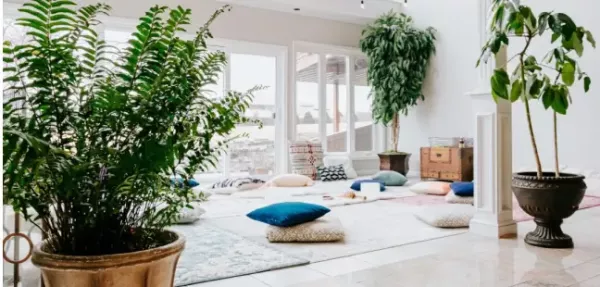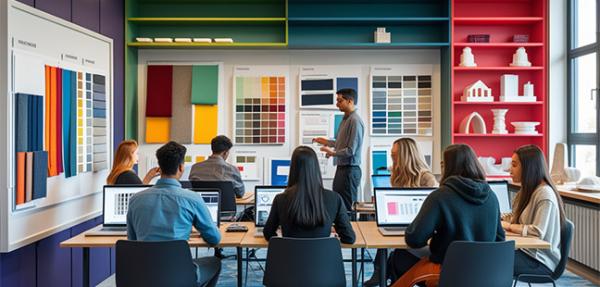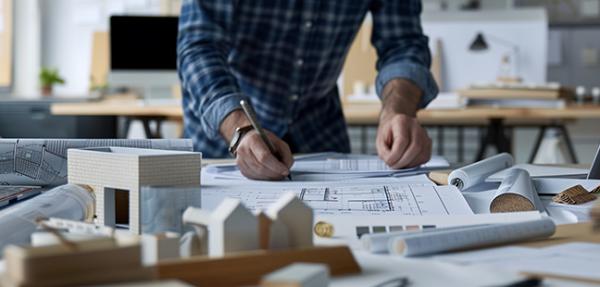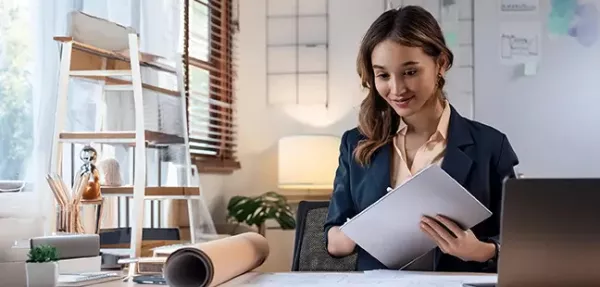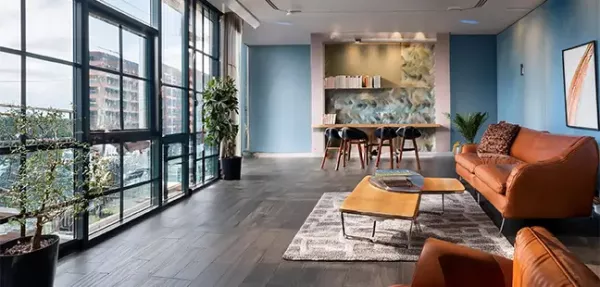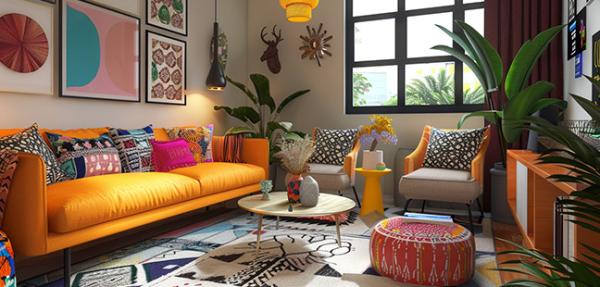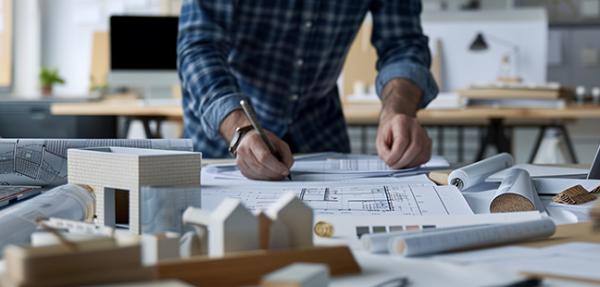Interior Design Interview Questions and Answers
- Editorial Team
- Published 16-May-2025

Interior design interviews test more than just your sense of aesthetics. Recruiters want to know how you solve spatial problems, communicate ideas, manage timelines, and blend creativity with functionality. Whether you're a fresher applying for your first internship or a senior designer pitching for a lead role, mastering the most common interior design interview questions and answers is essential.
Become future-ready with our Interiors Programs
Know MoreInterior Design Industry at a Glance
The interior design field is not just creatively fulfilling but also financially rewarding and competitive. Those interested in pursuing a career in interior design should know that it is dynamic, filled with creative opportunities, and comes with its own set of challenges. To explore how a structured degree can unlock your career potential, check out our blog on Unlocking the Potential of a Bachelor of Interior Design Degree.
Metric | Insight |
| India’s Interior Design Market (2024) | Estimated at ₹30,000 Cr |
| Growth Rate | 8.5% CAGR (2024–2029) |
| Top Hiring Cities | Delhi NCR, Mumbai, Bengaluru, Hyderabad |
| Common Recruiters | Livspace, Urban Ladder, Studio Lotus, IKEA |
With the industry booming, competition is high. Your interview is your gateway—and this guide is here to help.
Interior Design Interview Questions and Answers (With Examples)
These are the most commonly asked interior design job interview questions and answers, broken down with purpose, strategy, and sample responses to help you impress.
No. | Question | Why It’s Asked | What They Assess | How to Answer | Sample Answer |
1 | Why did you choose interior design as a career? | To assess your motivation and passion for the field. | Alignment with the profession’s creative and practical demands. | Tell a personal story or moment that inspired your choice. | “Growing up, I was always drawn to the way spaces influence mood and interaction. A family home renovation sparked my interest, and I realized I wanted to create functional and aesthetic environments that improve lives.” |
2 | What’s your design process from start to finish? | Evaluates your method and professional workflow. | Planning, client engagement, and project execution. | Break it into stages—client brief, research, concept, design, execution. | “I begin by understanding client needs and budget, followed by site surveys. Then I develop mood boards and concepts, finalize materials and layouts using AutoCAD and SketchUp, and coordinate with vendors during execution.” |
3 | What design style do you specialize in, and how do you adapt to client needs? | To test your aesthetic and flexibility. | Whether your style aligns with their projects. | Share your preferences but emphasize adaptability. | “I enjoy working with modern minimalism and biophilic design, but my top priority is understanding what the client wants and merging their vision with functional design principles.” Everyone’s design approach is unique. If you resonate with bold, expressive interiors, explore our blog on Maximalist Interior Design. |
4 | Tell me about a project you are proud of. | Gives insight into your real-world experience and design values. | Creativity, execution ability, and impact. | Briefly explain the context, your role, challenges, and results. | “I redesigned a small urban studio apartment to maximize light and vertical space. I used mirrors, sliding partitions, and custom storage. The client was thrilled with how open and practical it felt.” |
5 | How do you stay updated on interior design trends and technologies? | Shows your commitment to learning and evolution. | Awareness of trends, tools, and innovation. | Mention specific platforms, events, or tools you follow. | “I regularly read Dezeen, attend India Design ID, and follow leading designers on Instagram. I also experiment with VR walkthroughs and sustainable materials to stay ahead.” |
6 | How do you manage a client with unrealistic expectations? | Tests your soft skills and professionalism. | Communication, empathy, and boundaries. | Show that you listen, educate, and offer alternatives. | “I listen carefully to understand their vision, then educate them on practical limits using sketches, estimates, and visuals. I always offer options that achieve similar outcomes within feasibility.” |
7 | How do you ensure your designs are both beautiful and functional? | Looks at your practical mindset. | Ability to integrate form and function. | Talk about usability, ergonomics, and aesthetics. | “I always prioritize traffic flow, natural light, and utility before aesthetics. Once those are locked in, I layer colors, textures, and furnishings to enhance beauty without compromising practicality.” To ace the interview, make sure you come prepared with the top skills employers are seeking today. Learn more in our guide on Top Skills Every Interior Designer Should Have. |
8 | What’s your experience with project budgeting and cost control? | Financial understanding is critical in real-world projects. | Your grasp of material costs, vendor management, and negotiation. | Mention how you plan, source, and stay within limits. | “I break the budget into categories and compare vendor quotes. I also track spends in Excel or project management tools, and always keep 10–15% buffer for contingencies.” |
9 | Have you ever disagreed with a client or contractor? How did you resolve it? | Conflict is inevitable—how do you handle it? | Problem-solving, collaboration, and professionalism. | Describe the situation calmly and focus on resolution. | “In one case, a contractor used incorrect tiles. I immediately addressed it, discussed cost-impact with the vendor, and worked out a middle-ground where the client got a higher-grade tile at no extra charge.” |
10 | How do you handle tight deadlines or overlapping projects? | Assesses time management and stress handling. | Your planning and multitasking ability. | Talk about timelines, delegation, and communication. | “I break projects into phases, assign tasks, and maintain checklists. Tools like Trello or Monday.com help me track dependencies and deadlines. I also build in buffer time wherever possible.” |
Senior Interior Design Interview Questions and Answers
These interior design job interview questions and answers help evaluate not just your creativity but your decision-making, team management, and strategic thinking as a design lead.
No. | Question | Why It’s Asked | What They Assess | How to Answer | Sample Answer |
1 | How do you lead a multidisciplinary team of designers, vendors, and contractors? | To assess your leadership and coordination skills. | Communication, delegation, conflict resolution. | Show how you motivate teams and streamline workflows. | “I lead with clear communication, set expectations early, and create shared timelines. I conduct weekly reviews, encourage feedback loops, and ensure everyone is aligned on vision, quality, and delivery.” |
2 | How do you manage design quality across multiple projects simultaneously? | To test your project oversight capability. | Prioritization, process adherence, eye for detail. | Talk about review processes, documentation, and quality checks. | “I maintain design checklists for every stage, assign quality leads, and conduct milestone-based design audits. I also keep open channels with clients and site supervisors to catch issues early.” |
3 | Tell us about a time you introduced a new design process or innovation in your firm. | Looks for proactive thinking and innovation. | Process improvement mindset, leadership in change. | Explain what you changed, why it was needed, and the result. | “I introduced a virtual walkthrough process using Enscape and VR, which helped clients visualize spatial elements better. It cut approval timelines by 30% and reduced rework.” At senior positions, you must showcase relevant experience and domain knowledge. To explore the various specializations and approaches, check out our blog on Different Types of Interior Designing. |
4 | How do you approach branding in commercial interior design? | To evaluate your strategic design thinking. | Understanding of brand identity, user psychology, spatial storytelling. | Show how design reflects brand values and enhances user experience. | “For a boutique hotel, I translated the brand’s core idea—'urban escape'—into warm textures, indoor landscaping, and curated local art. Every corner subtly reinforced the brand story.” |
5 | What is your approach to sustainability in large-scale projects? | Sustainability is non-negotiable at leadership levels. | Knowledge of green practices, certification standards, and materials. | Mention LEED/BREEAM, sourcing, energy efficiency, and design choices. | “I integrate sustainability from the concept phase—daylight optimization, VOC-free paints, FSC-certified wood, and local sourcing. I’ve delivered two LEED Silver-certified office spaces.” |
6 | How do you manage project delays or sudden design changes? | Delays are common; how do you respond? | Crisis management, agility, client relationship handling. | Talk about transparency, quick decision-making, and mitigation plans. | “When a client changed the layout mid-project, I re-assessed feasibility, adjusted the timeline, and proposed a phased delivery. Regular updates kept the client calm and engaged.” |
7 | How do you present your ideas to non-design stakeholders or clients? | Presentation and storytelling are key at senior levels. | Communication clarity, persuasion skills. | Talk about visualization tools and simplifying technical language. | “I tailor my language to the audience. I use storyboards, 3D renders, and physical material boards to connect emotionally and visually, avoiding jargon to keep things client-friendly.” |
8 | How do you ensure profitability in interior design projects? | Senior roles must balance design with business viability. | Budgeting, resource allocation, vendor negotiation. | Share how you track costs, plan procurement, and avoid overruns. | “I start with a realistic BOQ and timeline. I negotiate volume-based discounts with vendors and revisit cost sheets weekly to monitor deviations. I also set clear scopes with clients to avoid scope creep.” |
Common Mistakes Made in Interior Design Interviews
Remember, many a time we know the right answer but fumble badly. That’s because we repeat the patterns of our mistakes. Listed below are some common mistakes and how to avoid making them:
Mistake | How to Avoid |
| Talking only about aesthetics | Emphasize space planning, ergonomics, and user comfort |
| Not bringing a portfolio | Always carry digital and printed samples |
| Fumbling software skills | Practice AutoCAD/SketchUp demos beforehand |
| Not knowing design costs | Have a rough idea of per-square-foot estimates |
| Overusing jargon | Keep explanations client-friendly |
What to Do Before the Interview
A robust preparation before you step your foot in the interview room can work wonders with improving confidence, eloquence, and overall performance.
- Research the firm: Know their design style, key projects, and values.
- Prepare your portfolio: Include residential, commercial, and academic projects with before-and-after visuals.
- Rehearse answers aloud: Practice explaining your projects with confidence.
- Dress professionally, yet creatively: Your outfit should reflect design sensibility.
What to Say (and Not Say) for Key Questions
With blunt answers and cheeky replies, and an overconfident attitude, you can ruin your chances of landing an interior designing job. Listed below are some cautionary tips to avoid mistakes:
Question | What to Say | What Not to Say |
| “Describe your style” | Adaptable, with a strong foundation in X | “I only do industrial or modern” |
| “How do you manage a budget?” | "I source locally and track spending" | "That’s handled by the vendor" |
| “How do you take feedback?” | "I document and reflect, then revise" | "Clients usually agree with me" |

Student Guidance Center: Our Counselors are Just a Click Away.
Final Thoughts
Your interior design interview isn’t just about technical skill—it’s about demonstrating empathy, communication, and adaptability. From understanding client psychology to managing vendors and deadlines, interior designers wear many hats. Preparing thoughtful, structured answers—and showing work that reflects both creativity and practical thinking—will help you ace any interview.
Want to build a design career with an edge? Explore Pearl Academy’s B.Des in Interior Architecture Design and M.Des in Interior Design — offering project-based learning, live projects, and industry mentorship.
More Interview Prep Guides You’ll Find Helpful
Tags
- #Interiors
Pearl Admission Enquiry
Subscribe to Pearl Blogs
By clicking the "Subscribe" button, I agree and accept the privacy policy of Pearl Academy.







